SEC S17-W3 || Onchain Metrics of Steem blockchain
13 comments
On-chain metrics in crypto refers to the statistics or data recorded on the blockchain directly which is the distributed or decentralized ledger storing all transactions and information related to a particular crypto. Imagine a register in the library that counts how many books are borrowed each day.
On the blockchain, each transaction done it's more like borrowing a book and this transactions are reflected in the total number of transactions in a period of time. Steem has the same on-chain metrics which keeps or records data stored on the steem blockchain including the platform itself. If you are to check, all transactions done in weeks, months and years are recorded. Even number of replies and posts. So what are the metrics involved.
What are the main Onchain Metrics indicators used to evaluate user activity on the Steem blockchain, and how can they be explained in terms of their significance? |
|---|
The main on-chain metrics indicators used to evaluate users activities on the steem blockchain I started below and these are rightly seen on the platform which we are. One of them are most important is POST.
- POST: This records the number of articles or contents created by user on steem and these contents shows how active a user has been on the platform. These measures the number of posts on a weekly basis.
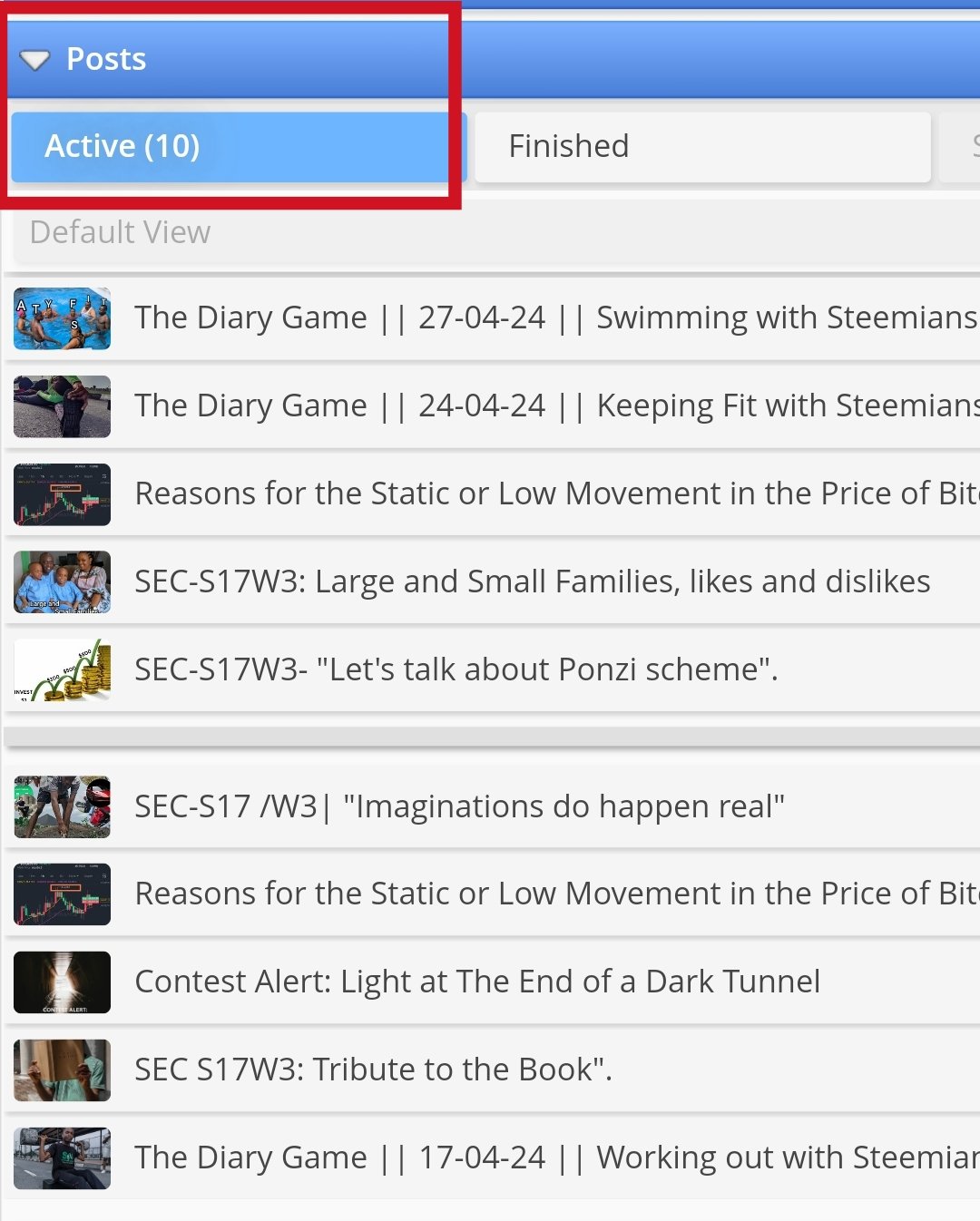 | 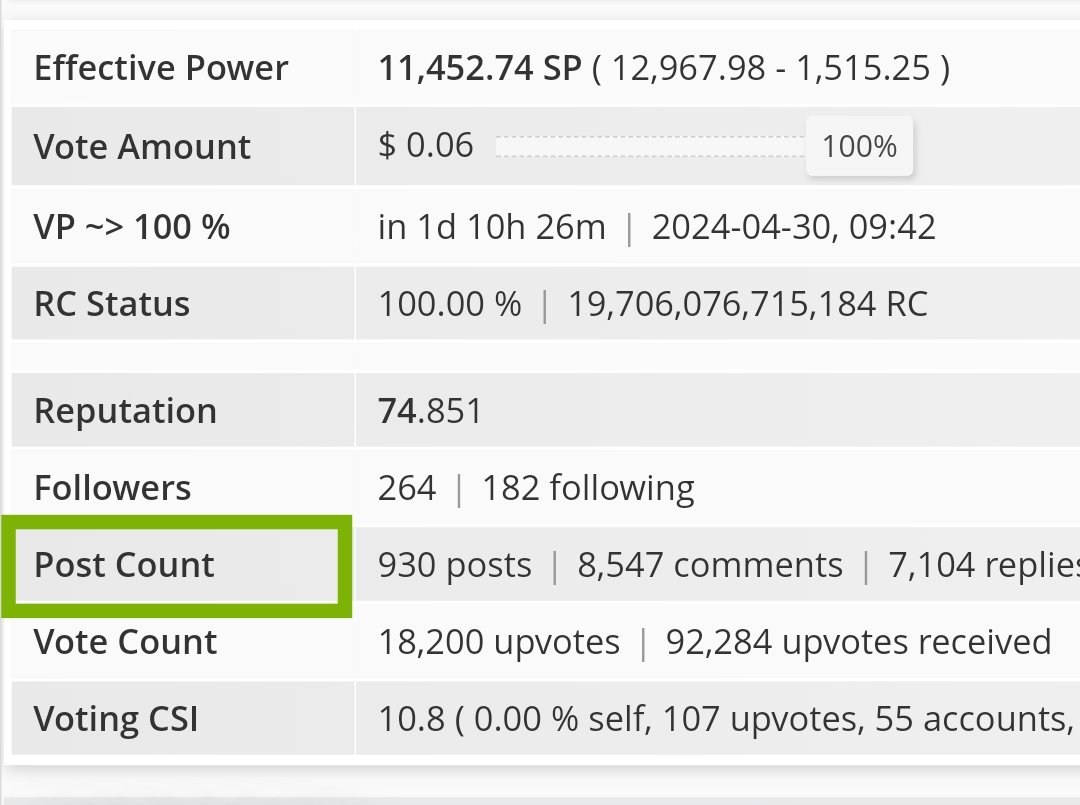 |
|---|
- Comment:
| Comment too is an essential metric that keeps record of the total number of comments users make on people's post which shows the level of interaction of that user in a community. |  |
|---|
- Followers:
| Followers shown on a dashboard records the number of users who choose to follow us probably due to a popularity or ranks or even the post we create which may be informative and attractive. | 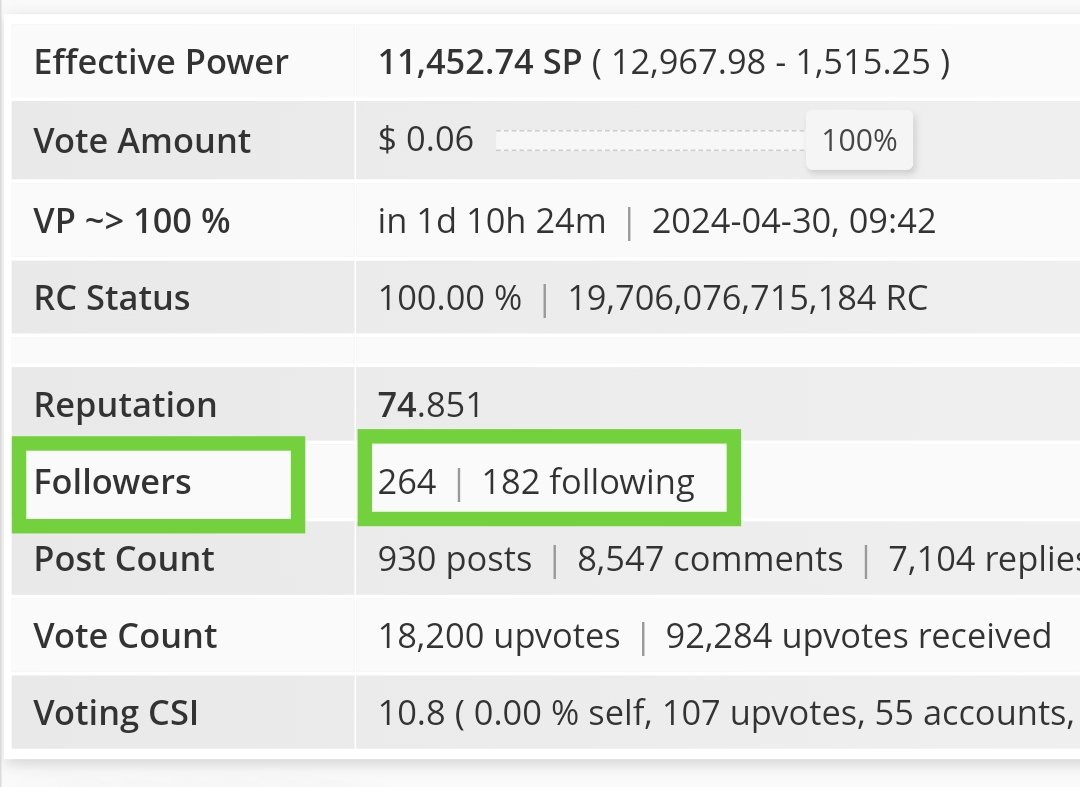 |
|---|
- Upvotes:
| Upvote is another metrics which is important as well. This happens majorly on the ecosystem as its opposite is rare. This shows the number of likes so to speak but these likes are in dollars of which s person gets on a content. | 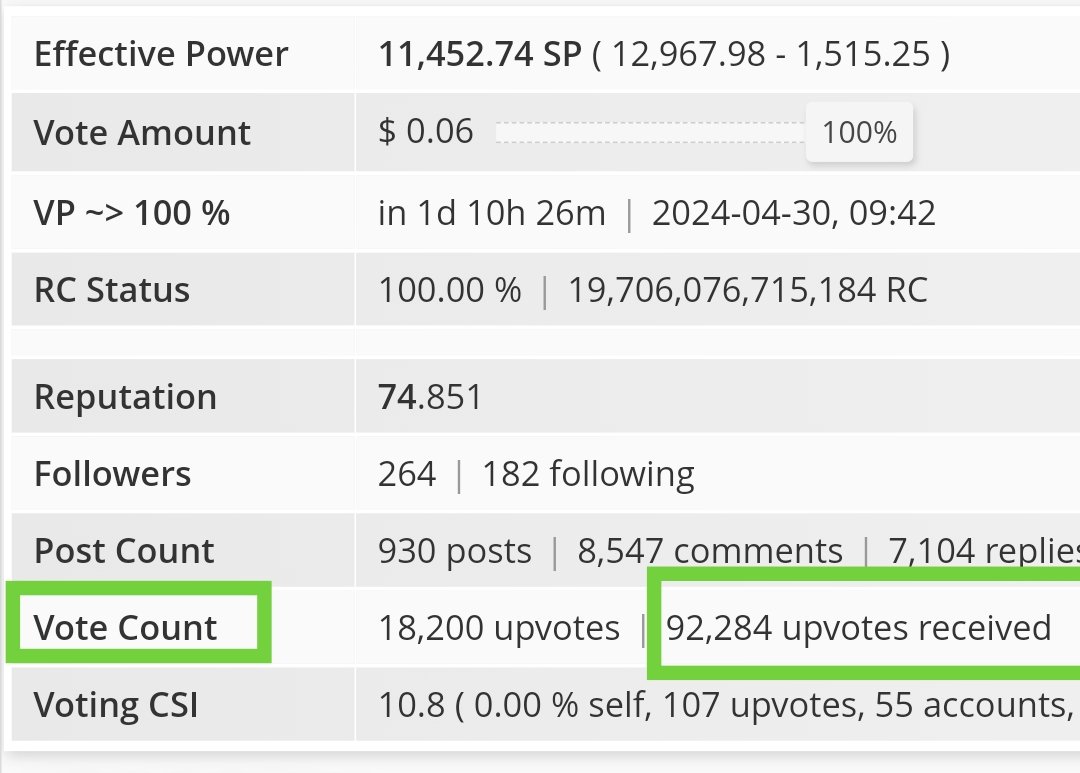 |
|---|
This is more like a support appreciation for content shared and records are kept on the platform much more like you see the total number of likes or tweets you have on varying social medias.
- Transactions:
Another most important is the transaction which records all transfers, power ups, conversion and redeemed rewards on the platform and is open to all for transparency purpose. The above shows how I analyzed all these in my blog which gives us a better understanding our activities done on the ecosystem and engagements tracked.
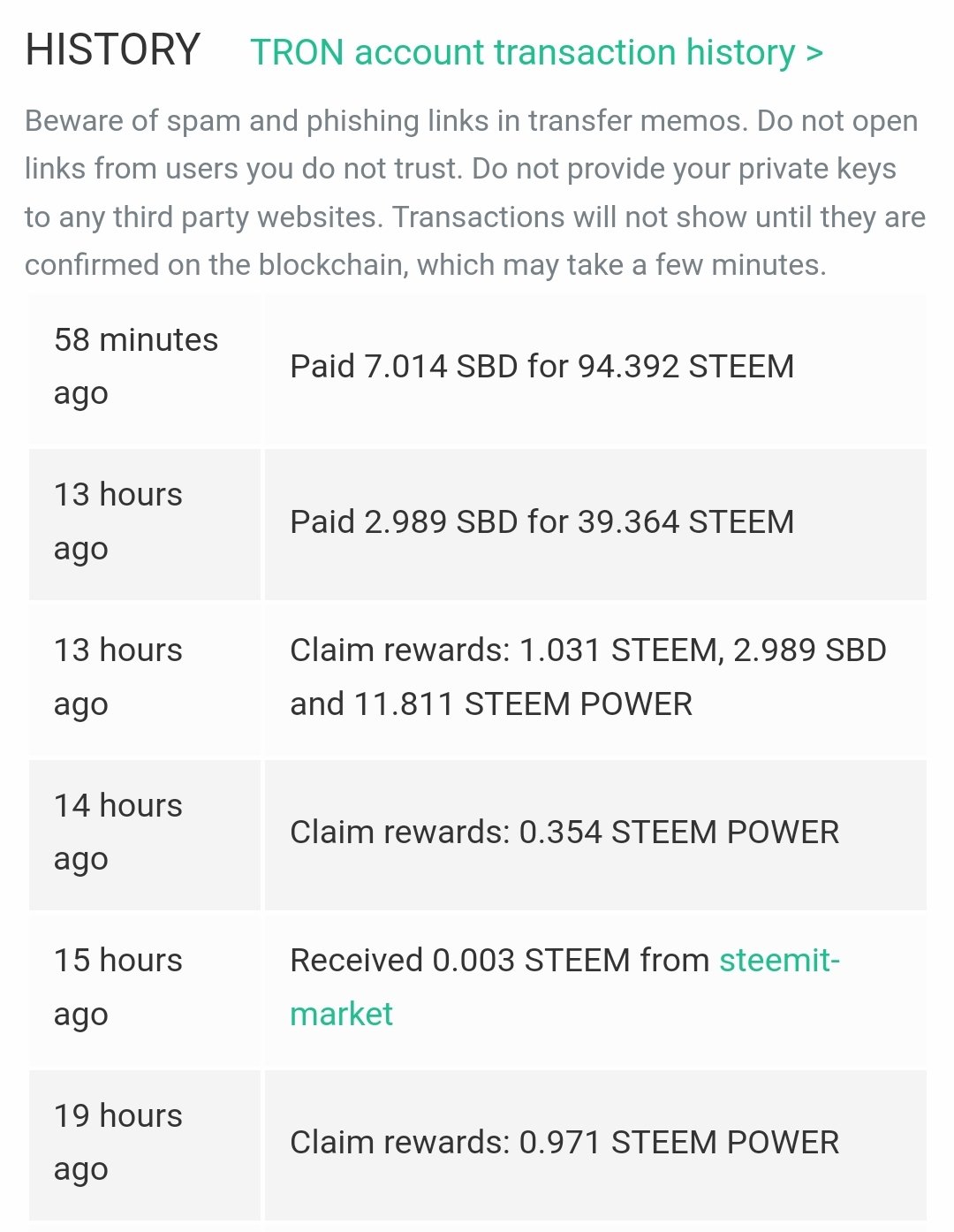
How can Onchain Metrics data from the Steem blockchain be analyzed to understand user engagement trends and community evolution over time? |
|---|
As stated earlier, the on-chain metrics are visible records by everyone and these keeps track of the number of steems leaving the platform and the total number of comments made by various users on the platform. These comments all interaction shows how active users are on steemit and asides the comments, the number of posts created weekly helps analyze the user's engagement on the platform.
This system of steem-metrics [comment] is used by some communities in selecting winners for their engagement challenge which is based on the most engaged users. It also gives them a quick count of total upvotes and entries they receive each week which can increase and decrease.
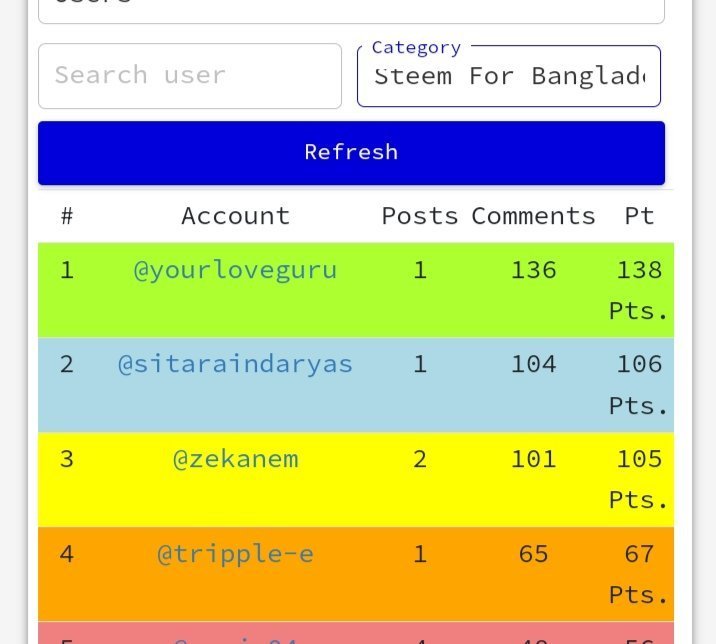
This will help analyse how active or engaged users were. The make noise project is a clear evidence that keeps track of user's engagements through posts and comments.
| The screenshot below shows how engaged in on terms of comments, upvotes and number of posts. | 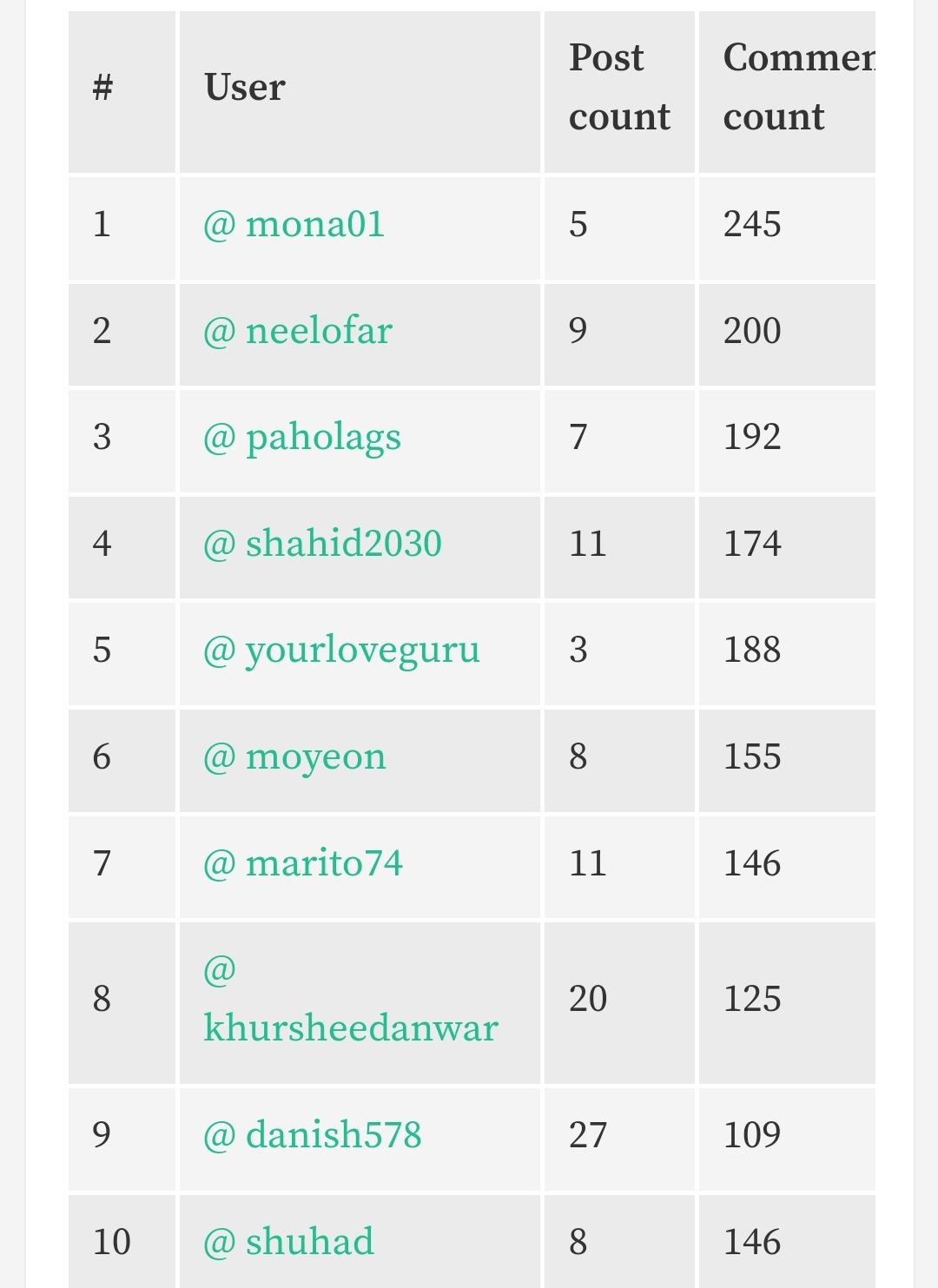 |
|---|
What are the specific challenges of interpreting Onchain Metrics on the Steem blockchain, considering its unique social structure and incentives? |
|---|
The unique social structure of this platform is facilitated to enhance the growth of social interactions, creation of quality contents and engagements as well. To this vane, users earn cryptocurrency for sharing their knowledge which motivates them to do more social functions that may be of benefit to us. The challenge in interpreting this is that many are focused on just earning more than one what they can give out to the public.
In the outgoing engagement challenges, the focus on commenting just to win the upvote, not even checking how impactful their own post is. To the financial incentives the platform provides, some users have undoubtedly ventured into creating multiple accounts to earn on both ends without being noticed which on thr platform is called farming. So these are some of the major challenges involved.
How can Onchain Metrics of the Steem blockchain be used to assess the health of its ecosystem, including aspects such as the distribution of voting powers, content diversity, and reward fairness? |
|---|
Let me break it down for clarity on how this on-chain metrics can be effective in assessing the health of the steem blockchain system.
- In distribution of voting powers, the total number of voting powers, the total number of Steem power a person has determines his voting power as users are allowed to vote on posts.
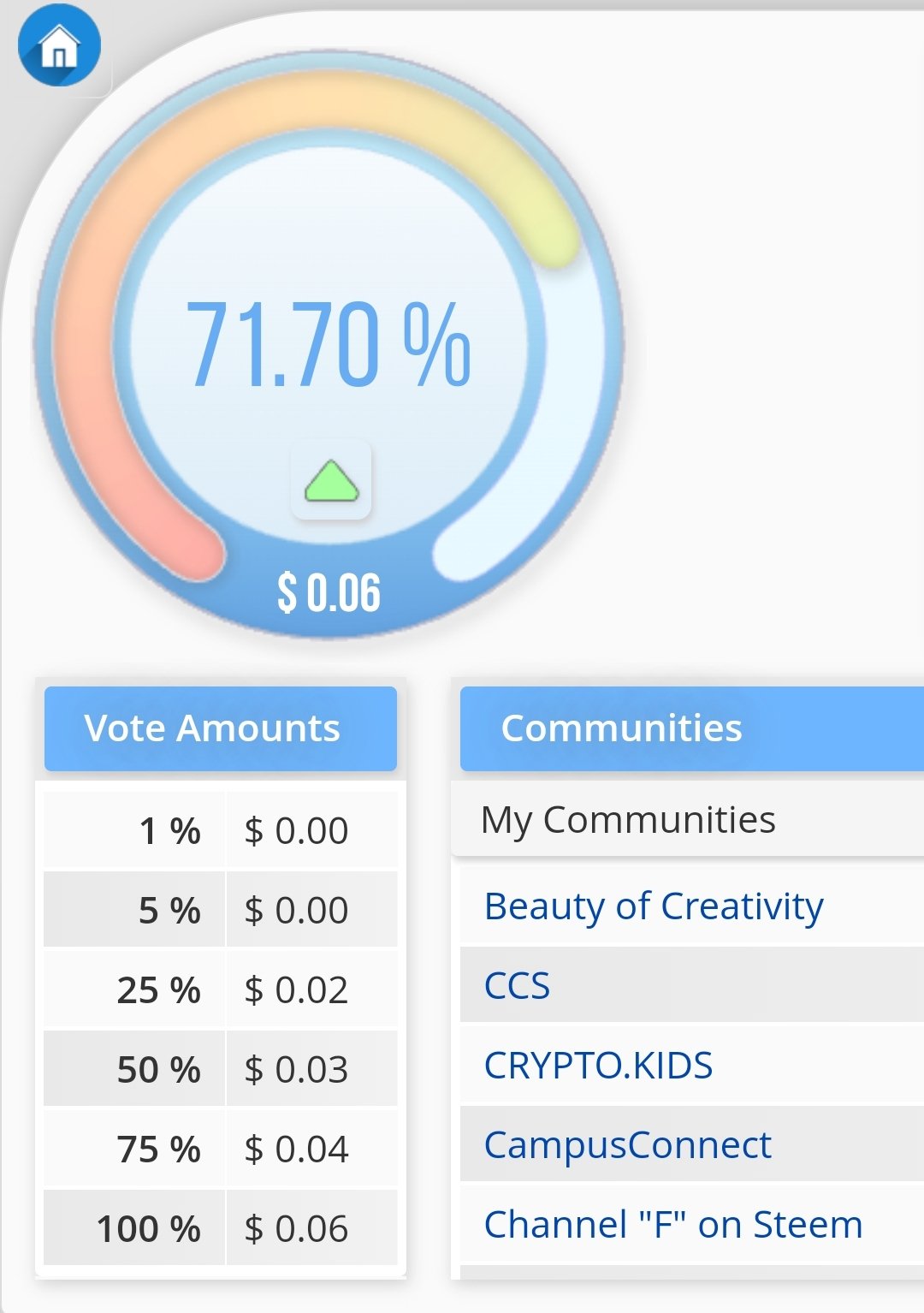
These steem power can be increased by Creating contents. Let's assume I have a voting power of $0.06 with steem power of 12k and one of the on-chain metrics has made it possible to use this voting weight to vote on people's posts which are recorded and can be tracked.
- In Contents diversity, we have undoubtedly seen the different types of posts on the platform which includes sport, photography, health, news, etc. These contents varies and can be assessed using the total number of different topics and its engagements. This will help us know of the platform supports diverse contents.
 | 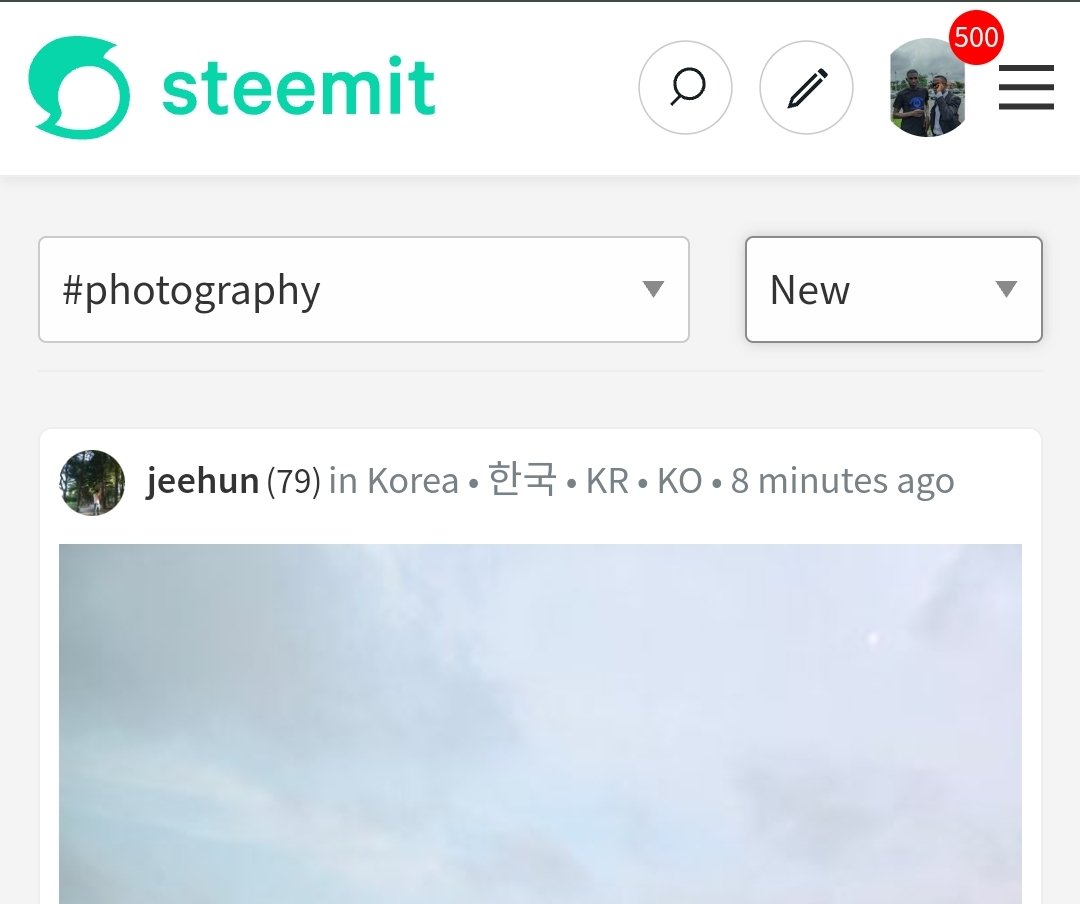 |
|---|
It's just like a photo album that have different kinds of pictures. The grouping or records of different kinds of pictures tells us which picture album was mostly captured. The album can include pictures of you, with other people, food etc. So it actually has a good way of assessing easy or checking the health of the steem ecosystem.
- In reward fairness, I'll rightly say this is solely dependent on the number or amount of steem power one has in his wallet. To get more rewards, you'll either need to work hard on engagements to gain support in your posts so you can have steem power to power up or you rather invest on steem power to get these.
No one is being cheated on rewards as it's done automatically and can be seen clearly in one's wallet including the time or day of claim. The fairness in rewards improves the health of the ecosystem, leaving no one with injustices to face.
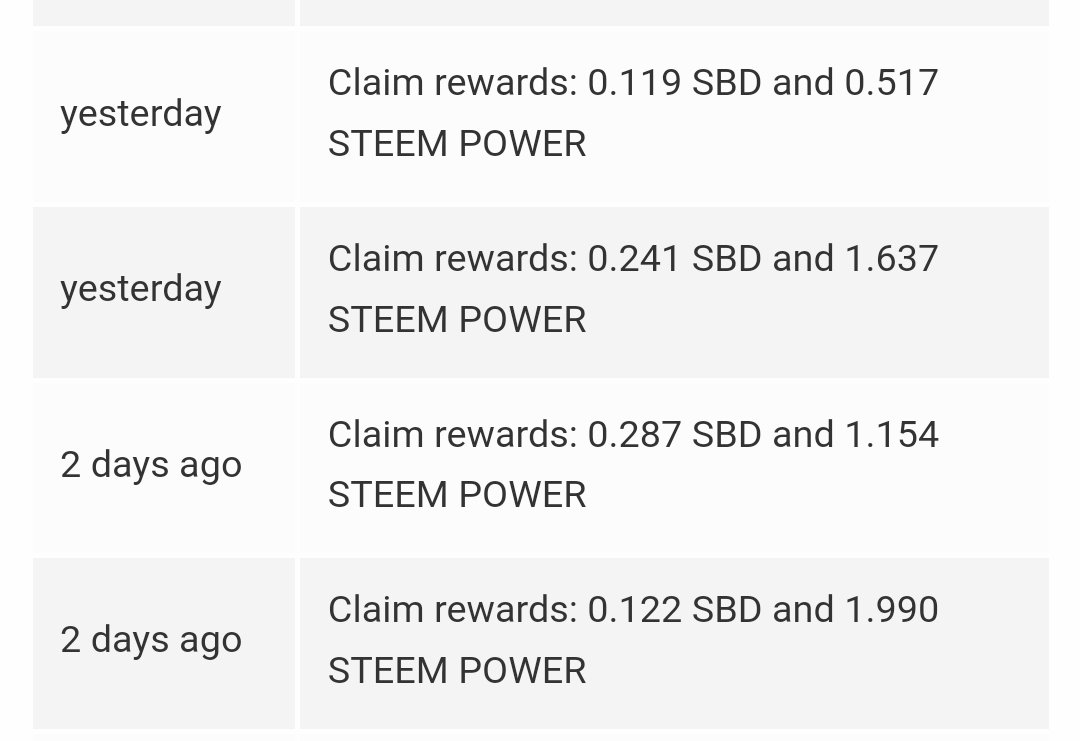
How can Steem blockchain developers utilize Onchain Metrics to enhance platform usability, drive adoption, and address scalability issues while upholding community integrity? |
|---|
The developers of the steem blockchain can do these in the following ways backed by my explanation.
- To enhance platform usability - How? When developers use these on-chain metrics to make analysis, they gain more insight and information as to how users behave, engage, and interact on the platform which helps them look for ways to improve the ecosystem in such a way that usability would be enhanced and users will not have problems in navigating the platform. I can remember when the search icon was bad but now it has been fixed.
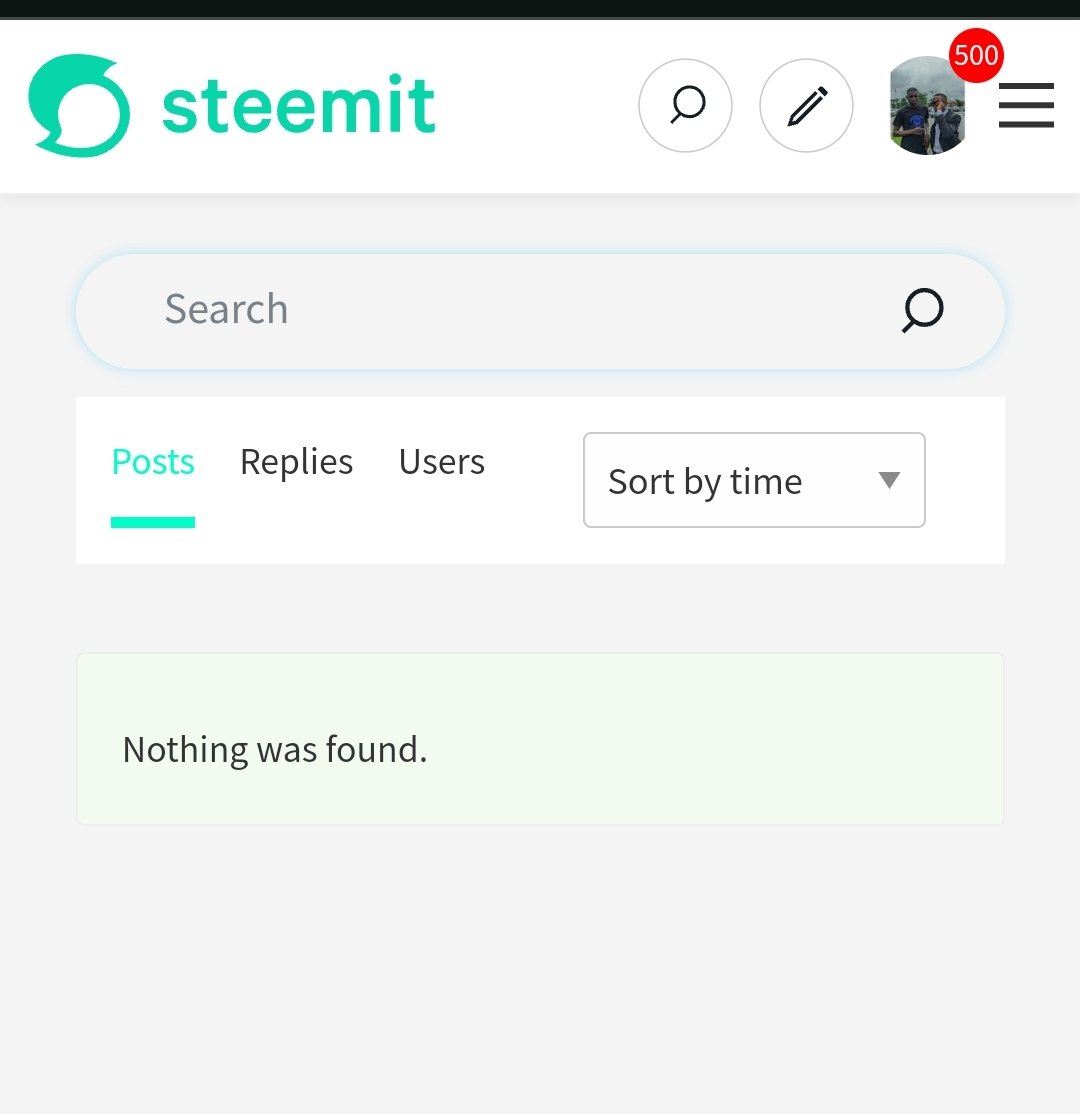
In driving adoption, the developers using the on-chain analysis can get to identify ways to attract more users on the platform through promotions and can also check ways to channel user's needs to increase their userbase. When the health of the platform is stable, it drives many to join including investors. I can remember using one of the on-chains which is a screenshot of my post to increase this platform's userbase by 10.
In addressing scalability Issues, they analyse these metrics to identify problems in the speed at which transactions are carried out. This will help check the size of block, congestion in network and volume of transactions leading to informed decisions in the ecosystem.
- Upholding community integrity, these metrics helps the developers identify and address issues in content creation and votes which can include spamming and the likes of them.
In conclusion, the on-chain steem metrics help us know how this platform is navigated and what activities are carried out, more like what a block does. I invite @emmjnr, @basil20 and @usoro01
All screenshots are from this ecosystem


Comments